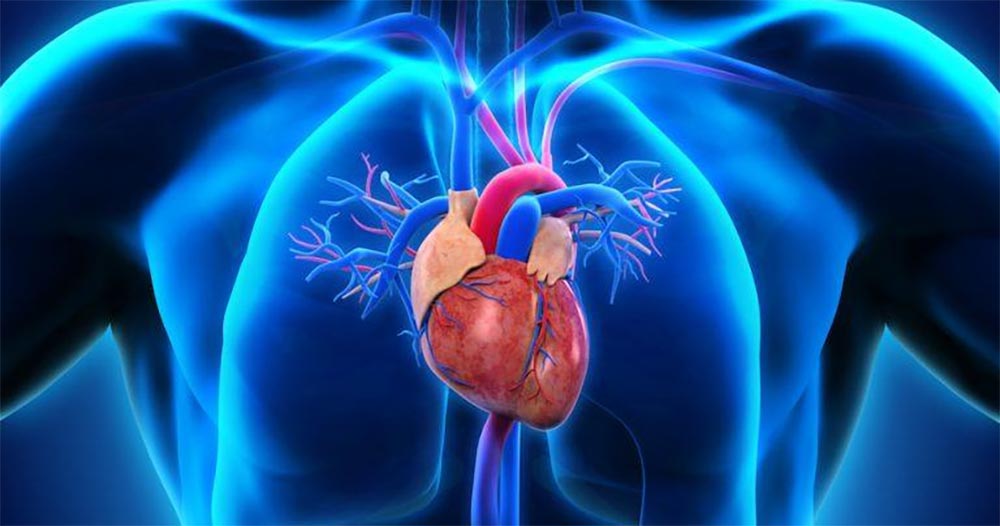Heart disease: the number one killer of Malaysians since 1970s

The statistics
Heart diseases were the third-biggest cause of death in Malaysia in 1950. By the 1970s, they have become the number one killer and remained so since (except in 1980). In 2014, heart diseases killed 10,432 people or 13.5% of all deaths in Malaysia.
Cardiovascular (relating to the heart and blood vessels) disease is responsible for one-quarter of all hospital deaths in Malaysia. Moreover, Malaysian acute coronary syndrome (ACS) patients are relatively younger at 58.5 years old when compared to registries from more than 40 other countries. In the Americas and Europe, the figure is at 66, while Thailand reports 65, Middle East at 56, and 60 in India.

IMAGE: 123RF
One out of four heart attack patients in Malaysia are less than 50 years old.
What are heart diseases? What causes them?
There are no shortage of online resources on heart disease. MedicineNet.com explores this topic in great detail, and in digestible nuggets. Below are excerpts, paraphrased.
Heart disease refers to various types of conditions that can affect heart function. They include:
- Coronary artery heart disease – affects the arteries to the heart.
- Valvular heart disease – affects how the valves function to regulate blood flow in/out of
the heart. - Cardiomyopathy – affects how the heart muscle squeezes.
- Heart rhythm disturbances (arrhythmias) – affect electrical conduction.
- Heart infections where the heart has structural problems that developed before birth.
Like any other muscle in the body, the heart needs an adequate supply of blood to provide it oxygen to fulfil its role – pumping blood to the rest of the body. When one or more coronary arteries narrow, it may make it difficult for sufficient blood to reach the heart, especially during exertions, such as exercise. This could cause the heart muscle to ache, just like any other muscle in the body. If the arteries continue to narrow, it may take less activity to stress the heart and provoke symptoms.
If a coronary artery becomes completely blocked – usually due to a plaque that ruptures and causes a blood clot to form – blood supply to that area of the heart may be lost, causing the heart muscle there to start dying. This is called a myocardial infarction (myo=muscle + cardia=heart + infarction=tissue death), or heart attack in layman’s term. If not swiftly treated, the affected part of the muscle cannot be revived. It dies and is replaced by scar tissue. Long term, this scar tissue will decrease the heart’s ability to pump efficiently, and may lead to ischemic cardiomyopathy (ischemic=decreased blood supply + cardio=heart + myo=muscle + pathy=disease).
Are you at risk?

IMAGE: 123RF
Heart diseases are not caused by one single factor. There are several risk factors that increase your chance of developing heart disease. Knowing your risks is the first step to avoidance.
Factors that put people at increased risk for heart disease are:
- High blood pressure (hypertension)
- High cholesterol
- Diabetes
- Family history of heart problems, especially heart attacks and strokes
- Sedentary lifestyle
- Smoking
- Obesity
Heart Disease: Control and Awareness is among the topics featured at the 1st Penang Medical Expo & Malaysian Healthcare Policy Conference (PMEX 2017), to be held at Setia SPICE Convention Centre on 10-12 November 2017. PMEX 2017 is organised by the Penang State Government and Penang Convention & Exhibition Bureau (PCEB) in collaboration with Penang Centre of Medical Tourism, Penang Institute, Invest Penang and Malaysia Medical Association, Penang Branch.
PMEX aims to serve as a platform for all interested parties from health-related sectors to communicate, exchange ideas, formulate solutions and create a healthcare network in Malaysia.
